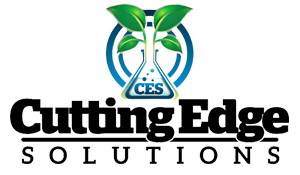
For the average farmer in the United States, starting a small-scale farm complete with tools and equipment costs between $50,000 to $80,000, with upkeep costs of as much as half of that number every year. By the end of the year, he or she will likely make back a significant portion of that investment… that is, assuming that weather, soil conditions, and shipping costs don’t interfere. This high start-up cost and traditional risk are the primary reasons, according to Modern Farmer magazine, that farms in the United States are typically big business affairs, which take heavy tolls on the soil and land while hedging small-scale farmers out of the market.
Compare this to Holland. In Holland, many small-scale farmers make fortunes producing specialty crops in small greenhouses outside their homes. They do this through hydroponics, or growing their crops in nutrient-enriched water instead of soil. Using hydroponics, they lower land use, equipment cost, and shipping costs by a huge margin, as well as eliminating weather-related risk to their delicate crops. Furthermore, government assistance and subsidies keep costs low for small-scale farmers, with the overall effect of a robust family farming industry and healthy soil for those crops that must be grown traditionally.
Fortunately, things are changing the United States as hydroponics technology improves. Now, a farmer can purchase as typical hydroponics starter kit for as little as $60,000, with upkeep costs of less than $5,000 per year. Better yet, hydroponically grown crops can be harvested more quickly and frequently than their soil-grown equivalent, with some leafy greens being harvestable on a weekly basis regardless of the season. Finally, hydroponics setups keep shipping costs down due to easier washing, lack of heavy soil, and generally healthier yields. Finally, because all of this is handled with electricity and other renewable resources, it avoids the environmental toll associated with the tools of large commercial farms, which release large amounts of particulate into the air while destroying the nutrients of soil.
Belgium is hardly alone in its embrasure of hydroponically-grown crops: France, Israel, Australia and Canada are all finding that hydroponics allow for bustling agricultural export economies. Indeed, hydroponically-produced Canadian tomatoes (sold as “Hot House Tomatoes”) represent a third of all tomatoes sold in the United States! Even these economic benefits pale, however, to the tremendous environmental impact that wide scale use of hydroponics in the Unitd States could have.





















 © 2017
© 2017
Recent Reviews